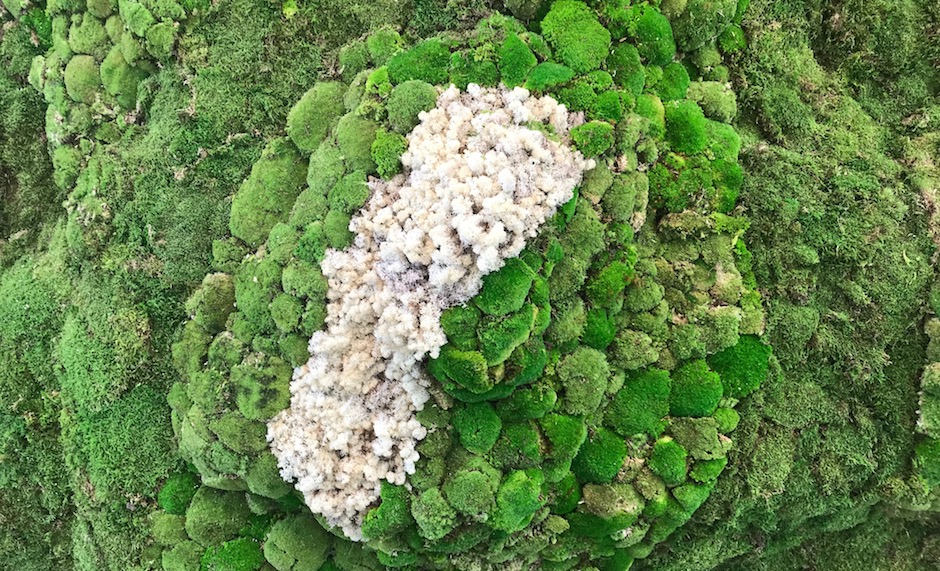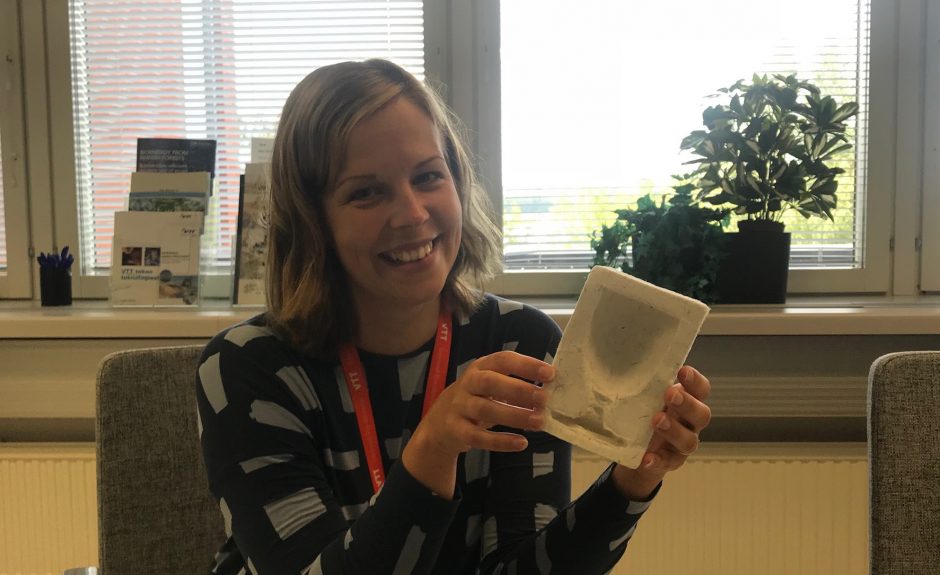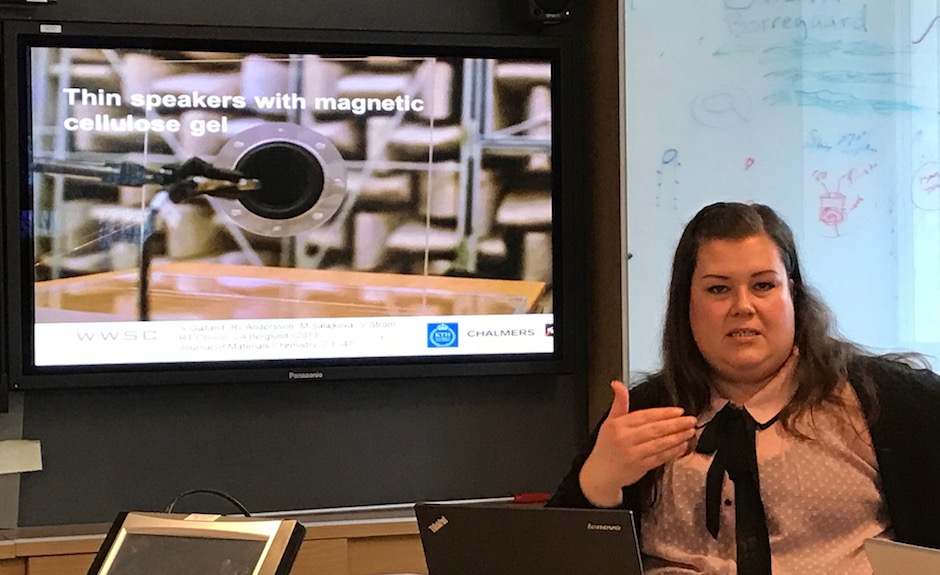Environmentally friendly and recyclable products made from residues from industrial production processes such as helmets, packaging materials, fabric and translucent wood, may sound like science fiction. But these are some of the new forest-based products that are currently being developed in Sweden and Finland and which, in the future, may replace many of the fossil-based materials we use today. Maybe cellulose is the new plastic?

In the EU BLOOM project, we want to increase knowledge about these new products and materials and show how we can reduce our environmental impact and fossil use by choosing bio-based products in our daily lives. BLOOM’s Nordic Hub has now been launched by JAMK University of Applied Sciences in Jyväskylä and VA (Public & Science) with the aim of increasing the public’s knowledge of the bioeconomy and new forest-based materials and products. We also want to help research institutes, universities and companies to become better at communicating and to use dialogue throughout the innovation and research process to inform their knowledge and improve their products.
New products and materials from the forest
Jyväskylä in central Finland is the country’s strong centre for research on forest-based products and the forest industry. During the Nordic Hub meeting at JAMK in August, we got a glimpse of new investments in the bioeconomy and of some of the forest-based materials we might be using in our daily lives in a not too distant future. JAMK is currently further developing a regional campus and a science park for the bioeconomy where academia, industry and society will work together to develop sustainable solutions and products.
One of the major research players in central Finland, is VTT Jyväskylä that we had an opportunity to visit during a recent BLOOM Nordic Hub meeting. Their research includes developing and manufacturing insulation and packaging materials from residues of forest waste. These include new types of paper-based materials that resist heat and moisture, as well as forest-based materials that may replace plastic in the future.

”Cellulose is the new plastic but to get our research out into the market and to consumers, we need companies that can invest in this new research,” says Elina Pääkönen, a VTT Research Scientist.
Another example of what is happening in the bioeconomy field in central Finland is the new, next generation bioproduct mill Metsä Fiber in Äänekoski. Their newly built visitor centre Pro Nemus is designed to highlight the potential of forests, new materials and products that are being produced in the new bioproduct mill to forest owners in the group, other stakeholders as well as visitors.
Swedish research at the forefront
Some of the Swedish organisations engaged in research on new materials and products derived from forestry are the Wallenberg Wood Science Center (WWSC), the national education and research initiative Treesearch, RISE bioeconomy, as well as members of the Swedish Forest Industries Federation. The goal of WWSC is to develop new forest-based materials and educate researchers in the field. Translucent wood, nanocellulose that can be used to produce materials stronger than kevlar, as well as cellufoam, a new packaging material, were some of the new materials that were highlighted.

Linda Fogelström, Wallenberg Wood Science Center presents cutting-edge research at the BLOOM Nordic Hubs kick-off meeting in Stockholm.
BLOOM workshops for stakeholders
The goal of our work in the BLOOM Nordic Hub is to communicate the opportunities and challenges with the bioeconomy as well as increase knowledge and demand for forest-based products and materials amongst the public. In order to help research institutes, universities and companies to improve their communication and dialogue, we will therefore be organising workshops in November with stakeholders from NGOs, civil society, the research and innovation sector, academia and education, decision makers and industry to design future communication activities for the bioeconomy and forest industry. Participants will be able to exchange ideas, ambitions and challenges, as well as share opinions and experiences of the bioeconomy.
Together, we will create ideas about how we can best communicate with different audiences. If you are interested in getting involved, read more on our website or contact one of the people below.
Get in touch and join the network!
Please contact us, if you are interested in joining the BLOOM Nordic Hub network, participate in our workshops, if you have any questions or would like further information.
Vetenskap & Allmänhet, Sweden: Project Manager Maria Hagardt, or Lotta Tomasson
JAMK University of Applied Sciences, Finland: Project Manager Kirsi Knuuttila, +358 40 776 88 80 or Aino Voutilainen, +358 40 186 75 49.
Read more about the project on the BLOOM website .

Hej,
Jag heter Preeti Gahlawat och är teacher coordinator och presenterar sverige inom bloom projektet. Jag vill gärna ta kontakt med er om diskutera hur kar vi samarbeta att sprida informationen i skolor. Jag jobber i Rödabergs skolan i Odenplan, Stockholm. Undarar om det gör?
Mvh,
Preeti Gahlawat
Hej Preeti,
toppen! vi kontaktar dig via mejl!
Mvh Lotta och Maria
Hej,
Jag heter Preeti Gahlawat och är teacher coordinator och presenterar sverige inom bloom projektet. Jag vill gärna ta kontakt med er om diskutera hur kar vi samarbeta att sprida informationen i skolor. Jag jobber i Rödabergs skolan i Odenplan, Stockholm. Undarar om det gör?
Mvh,
Preeti Gahlawat
Hej Preeti,
toppen! vi kontaktar dig via mejl!
Mvh Lotta och Maria